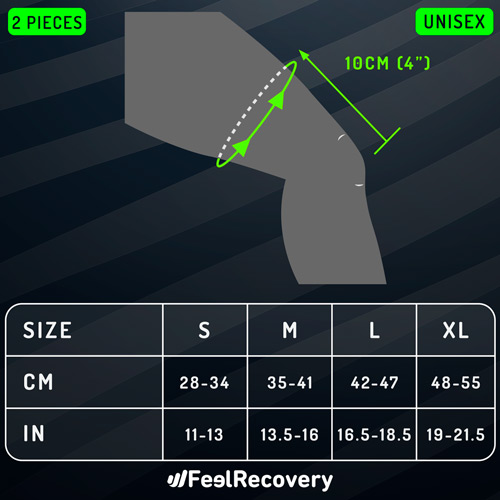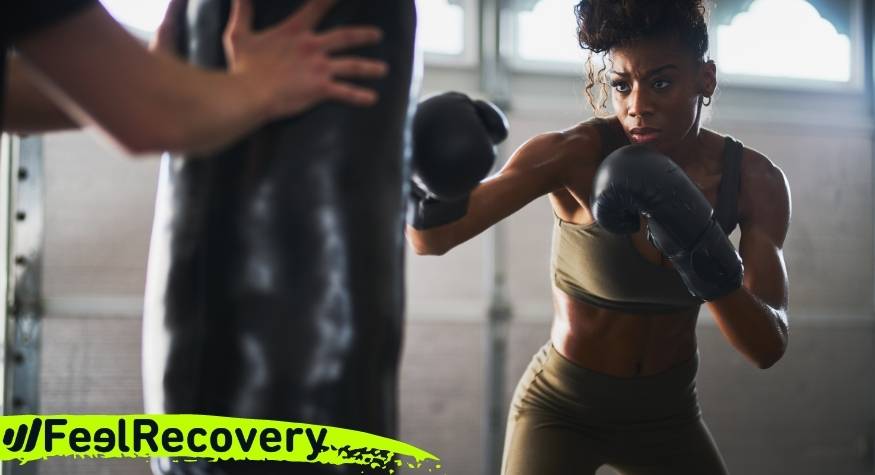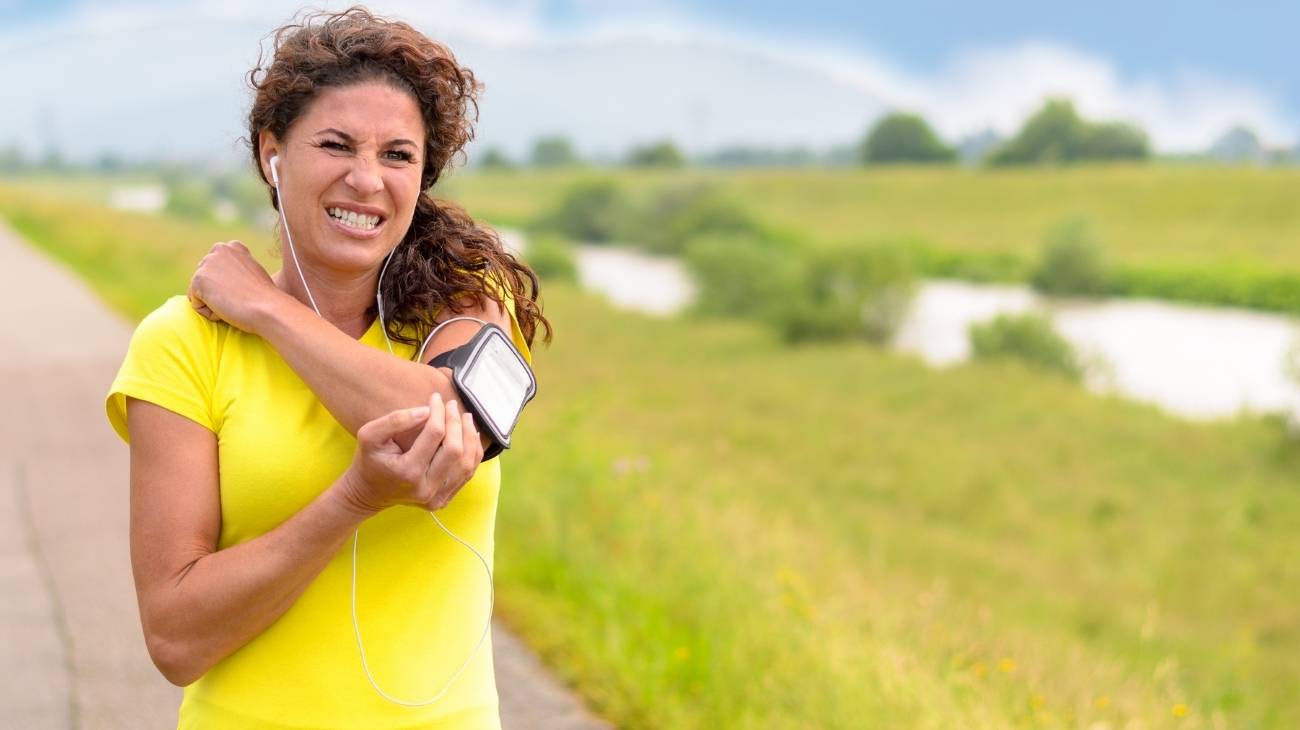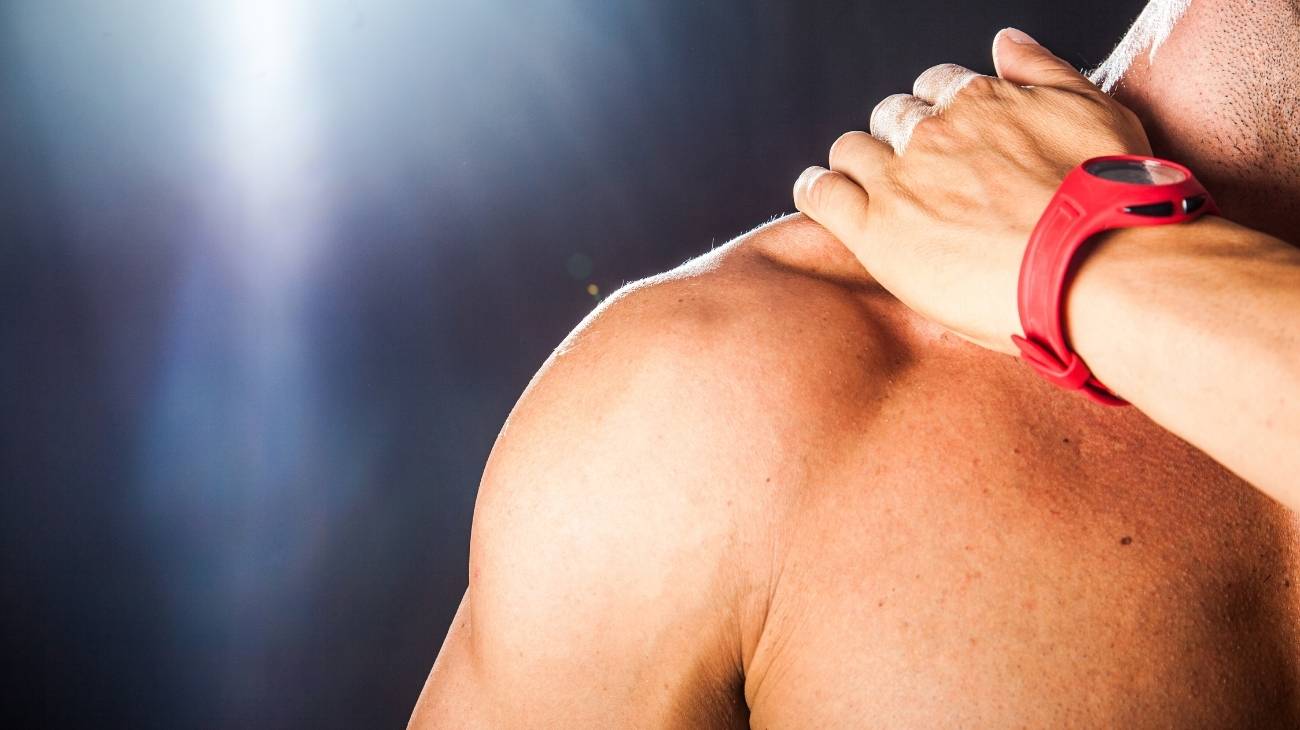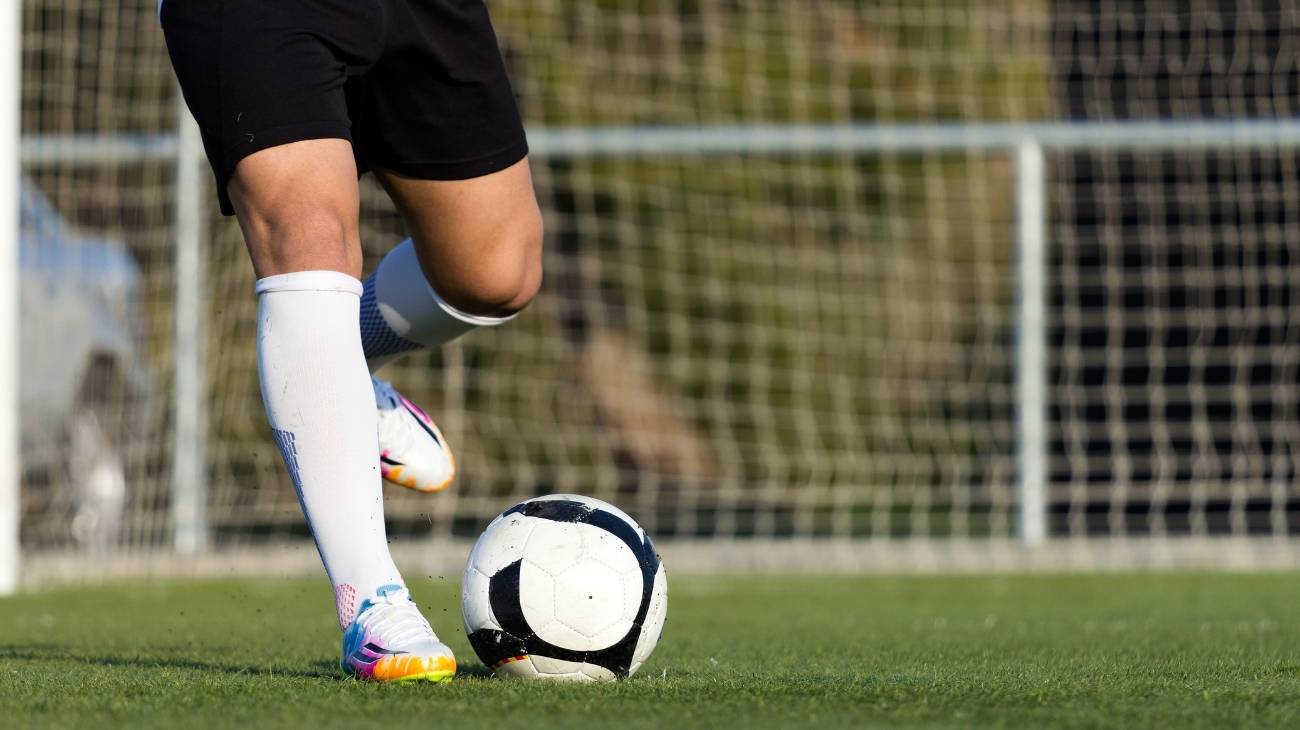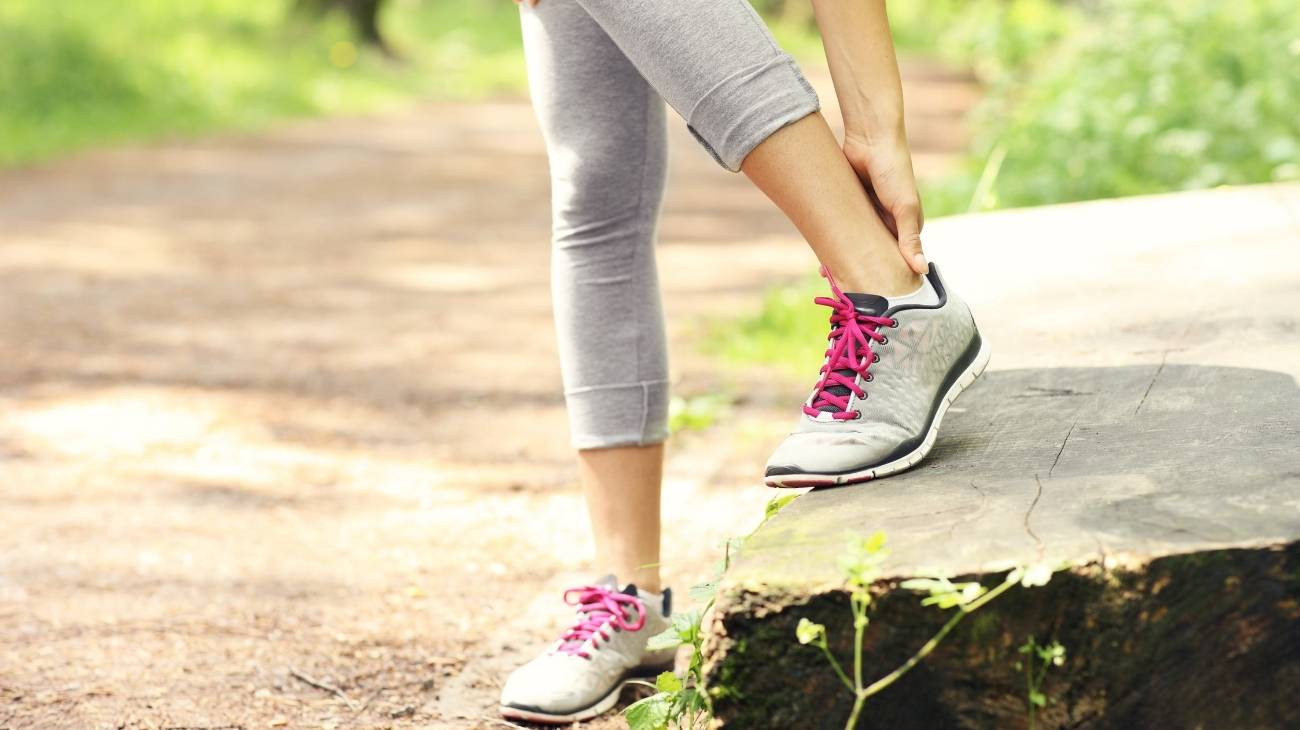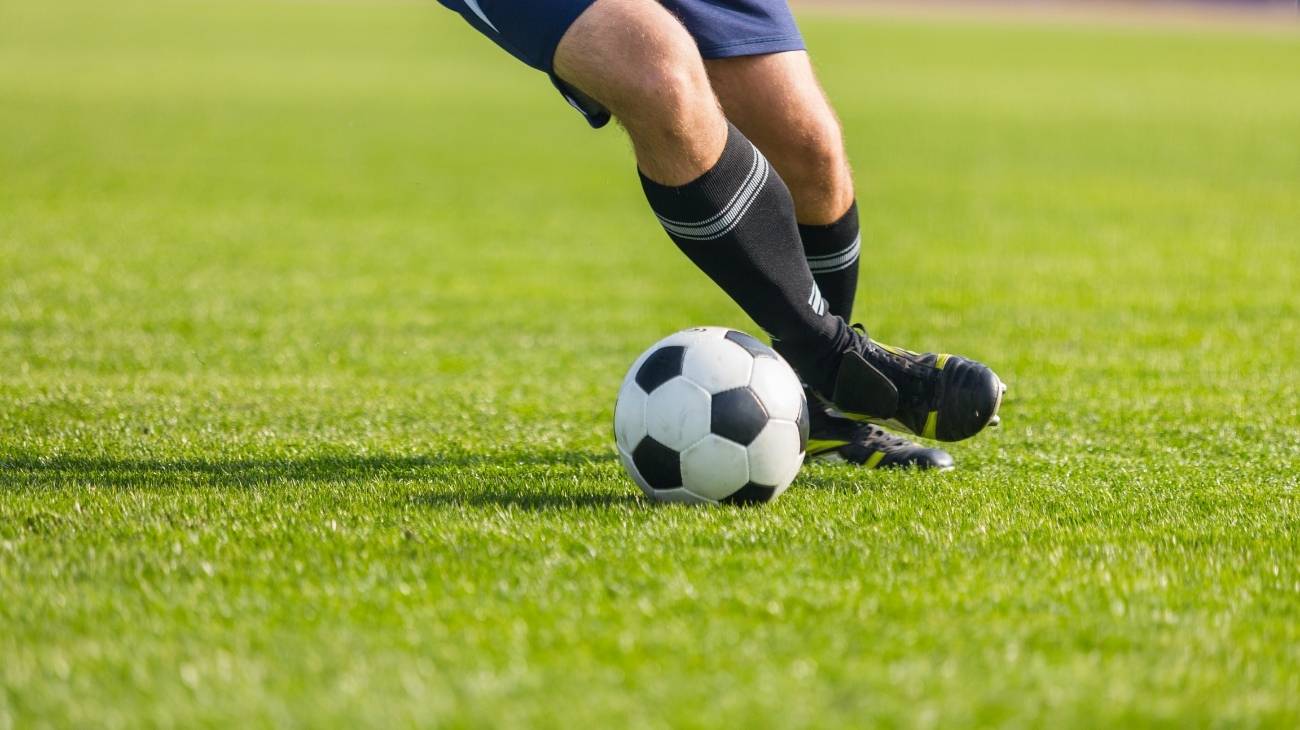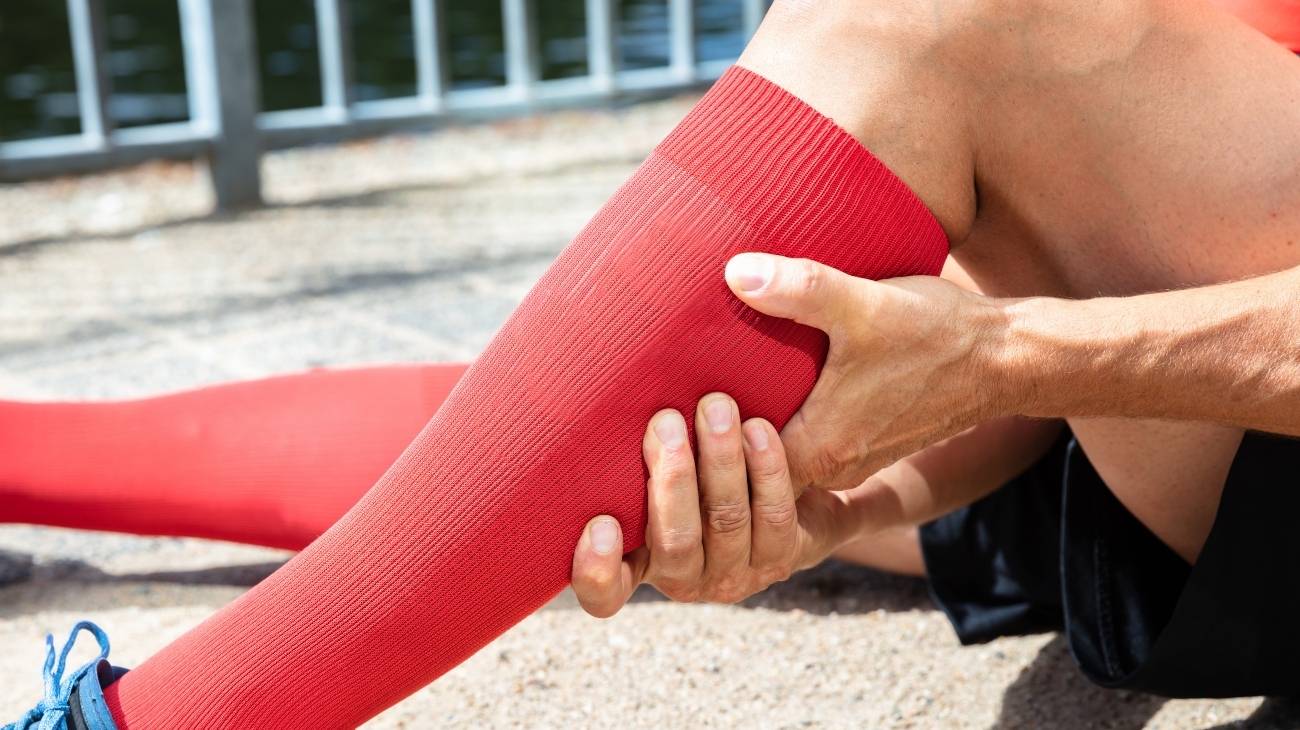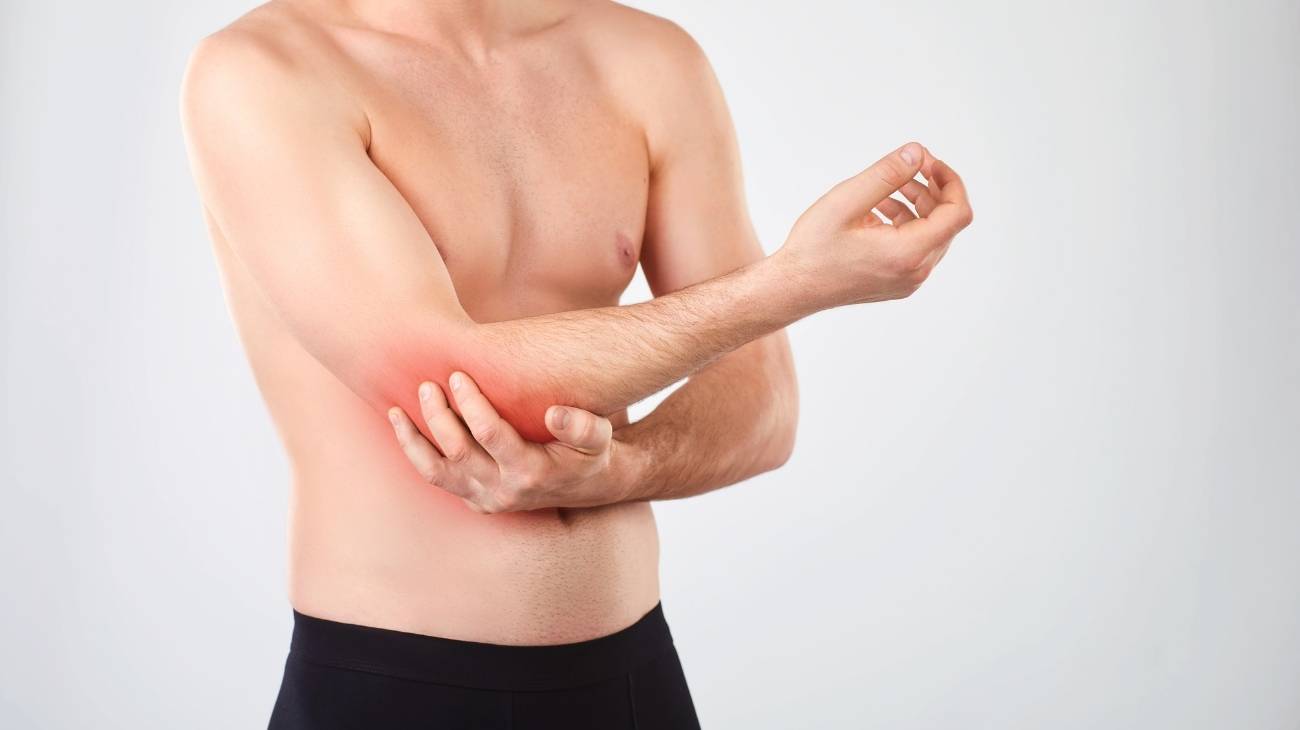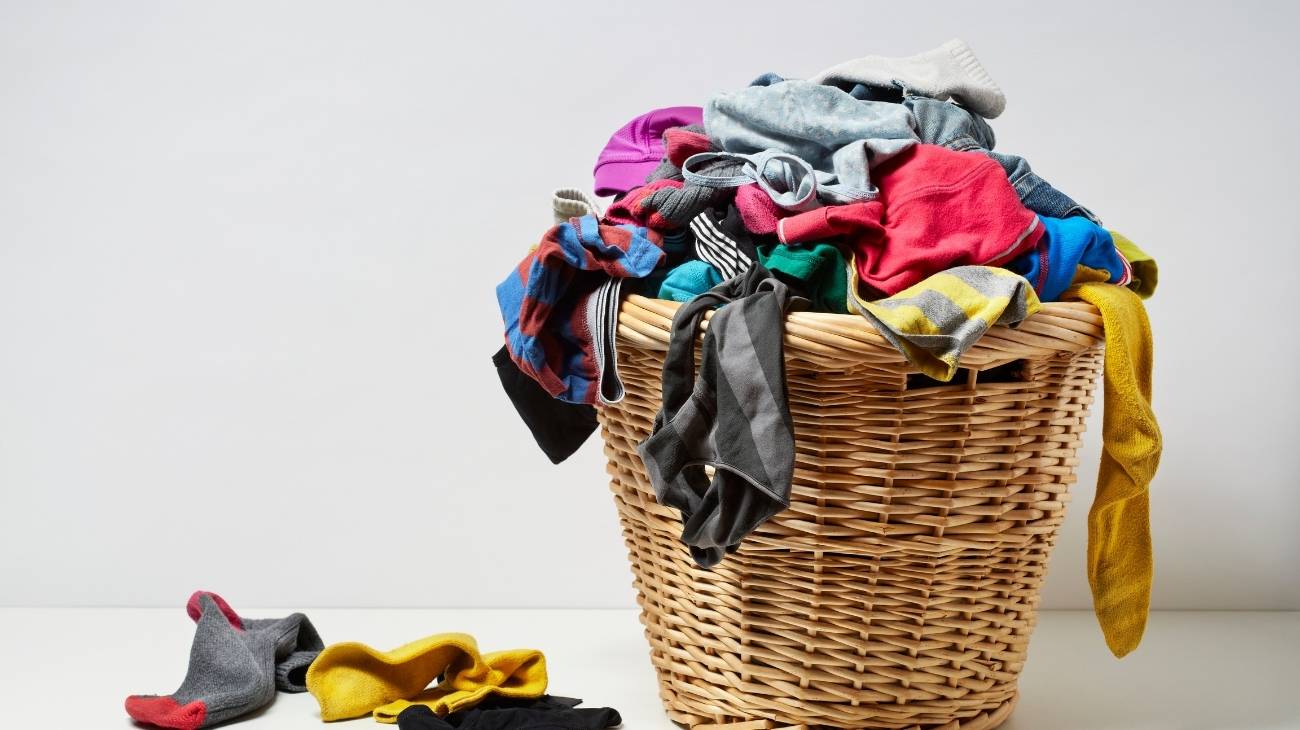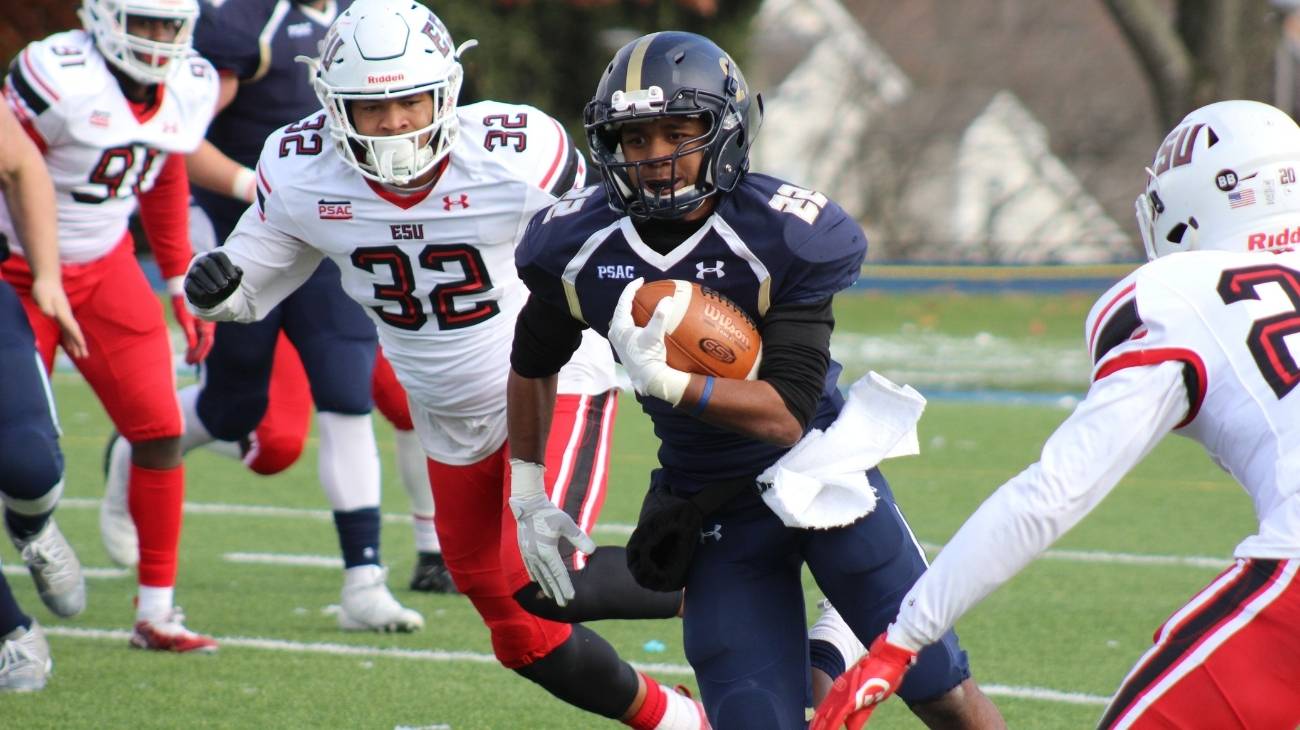- What are the most common knee injuries when we practice boxing or contact sports?
- What type of knee braces and patellar straps are best for injuries in boxers?
- What features should you consider before choosing the best sports knee brace for boxing?
- Do compression knee braces for boxing and wrestling really work?
The knee is the largest and most complex joint in the body. It is designed to support everything in the body. During physical activity, you may experience pain and feel that your joints are unstable. Protecting your joints with the right equipment will save you trouble.
For an athlete, a physical injury means a complete halt in the practice of his or her favourite sport. Every athlete knows about the unpleasant pain in the knees, due to the pressure of the body and the different movements it makes. The best way to avoid trauma during training is to protect the joints with sports compression knee sleeves.
What are the most common knee injuries when we practice boxing or contact sports?
Knee injuries are undoubtedly the most frequent headaches in sports, affecting cyclists, footballers and practitioners of boxing or contact sports. The latter are more likely to have knee injuries, due to the different movements and postures involved in the joints, although it can also happen to sedentary people when making a sudden movement. Alterations in that area, if not prevented in time, end up damaging the menisci and ligaments of the knees.
Below you will find the most common knee injuries in contact sports:
Meniscus injuries
On each knee there are two menisci (crescent-shaped fibre tissues or discs), which act as a cushion between the femur and tibia by absorbing the pressure of the body's weight. The injury occurs when the knee is rotated beyond its natural limits, causing damage to the joint.
As people begin to engage in contact sports, they increase the level of exercise; they increase the risk of soft tissue problems. In boxing, poor posture at the time of the punch or improper rotation of the knee can cause trauma to the knee.
It is common for contact sports to expose the joint to this kind of injury, which involves tissue damage, a degenerative process that makes the area fragile and easy to break. Its symptoms are: pain, effusions and sometimes blockages of the knee.
Knee sprain
Knee sprain, or internal lateral ligament strain, is the alteration of a group of filaments that intervene in the composition of tissues, located on the inside of the knee that joins the femur and the tibia. This injury occurs when excessive tension is applied causing a tear in the ligament.
The contact sportsman, immediately after the injury, is usually still able to continue training or physical activity, leaning on the affected leg. However, at the time of the incident, he feels pain in the internal area of the knee and after the time of physical activity, when he tries to walk, he notices as if the knee "wobbles" and does not provide balance.
Sprains, depending on the degree of damage (mild or severe) can interfere with the athlete's physical activities for a long time. In the most serious case, it may require surgery to restore the ligaments.
Patellar tendonitis
Patellar tendinitis is a disorder that causes inflammation or irritation of the tendon that connects the kneecap to the tibia, causing pain during and after activity. This break, in a serious state, requires surgical intervention.
This tissue together with the quadriceps allows the movement and extension of the knee. The cord-shaped fibres work together to execute movements such as kicking, running and jumping, so this injury is more common in athletes of sports disciplines such as: boxing, tennis, football, basketball, and karate.
Sudden, frequent and repetitive movements of the same action can cause this injury in contact sports. Over time, the pain gets worse and begins to interfere with physical activity. To prevent the appearance of patellar tendonitis, it is best to have adequate protection.
Bursitis of the knee
A knee joint friction disorder is the swelling of a small fluid-filled sac near the knee joint that helps reduce friction in the joints. Contact sports without sports knee braces, a severe blow to that area can quickly lead to this type of injury, causing severe pain and restricting the athlete's mobility.
This damage once caused inside, under the joint, often becomes inflamed, preventing the person from having mobility. To avoid bursitis in the knees or to prevent its reappearance and not to put health at risk, it is important to have protection for the joints.
Dislocation of the kneecap
This injury occurs when the kneecap dislodges from its place after a strong blow to the joint, as well as by sudden movements. These can define contact sports, since the mobility of the knee, with forceful turns or by a direct impact on the knee, can cause dislocation of the kneecap.
This trauma is one of the most painful, immobilising the athlete instantly, and the change of direction and the force exerted on the leg exposes the athlete to a fracture. This injury is more frequent in young athletes who practice karate and boxing, due to the inadequate movements that harm the health of the joints.
Bestseller
What type of knee braces and patellar straps are best for injuries in boxers?
Sports activities such as boxing and karate, subject the body to levels of stress that the sportsman or woman is not always able to withstand. During practices and competitions the risks of suffering injuries are inevitable.
Every athlete who practises contact sports must be aware that the competitive intensity of these activities is impressive, resulting in: fractures, sprains, torn ligaments, to name but a few. Before starting to practice these sports, it is important to know the following types of knee braces to prevent injuries.
Knee compression sleeves
This is the one preferred by sportsmen and women. They slide on the knee, providing comfort, stable pressure on the joint and optimal muscle support during daily activities. Compression allows your body to increase blood flow and a greater sense of knee support. This results in benefits such as: treating or preventing injuries, deflation, pain relief and more. You'll be able to move around comfortably, while the garment provides stability to your joints. Providing additional protection throughout the knee.
Patellar tendonitis strap
The patellar band provides support below and above the kneecap, to prevent abnormal movements and heal or prevent injuries. The patellar straps are designed with a tubular pad that distributes pressure from side to side; thus reducing pain, preventing injury and allowing the knee to recover naturally. The tension applied to the tendon and its attachment to the tibia helps relieve the discomfort related to patellar tendonitis, thus promoting blood circulation and accelerating natural healing.
Knee pads
They are more exaggerated in their design, they are like a frame, as they have a pad with additional large padding in the centre and on the outside, which in turn covers the front of the knee. On the other hand, they can reduce the risk of serious injury, particularly in activities with the potential for direct blows to the front of the knee, and keep them in place safely.
Orthopaedic and post-operative knee supports
These types of knee supports are designed for injury prevention and recovery of the athlete after an operation. They may include hinges on the sides of the knee to provide greater support and adequate protection to the joint, without impeding movement. However, it is necessary for a professional to recommend this type of knee brace.
What features should you consider before choosing the best sports knee brace for boxing?
Before choosing knee braces to protect your joints, you have to ask yourself which ones are ideal for you? You should consider the factors that influence your choice: according to their function, materials, size, design and price. Everything counts when it comes to choosing knee supports for boxing, as they can be used for injury prevention or as part of a treatment plan.
Depending on their function
- Pain relief knee braces: When you feel discomfort or burning somewhere in your body, it is a sign that something is wrong. Pain in the knee can mean the immediate cessation of any sporting activity, especially for people who practise boxing, as this joint is fundamental to the execution of such practices. Sports knee sleeves are perfect for relieving this type of ailment, because they achieve a state of rest in their ligaments and therefore, no exaggerated movement can be made.
- Protective knee supports: Sudden or unexpected movements are commonplace in these disciplines. It is therefore important to always be protected, and no garment is better and more suitable for this function than sports knee braces. There are different materials, supports and even greater coverage on the kneecap.
- Open knee braces: As its name indicates, it has an open front area for containing the kneecap. In other words, it is a support for the joint, so that you do not have to make much effort to move around and drastically reduces the risk of injury.
- Closed knee braces: This is the most widely used model, as it completely covers the kneecap and its surroundings; it also keeps the joint in a correct position, thus providing more protection and safety during training, physical activity and more.
Manufacturing material
An essential characteristic when choosing sports knee sleeves, which should not be overlooked, is the material used to manufacture them, on which the level of compression and effectiveness of the garment will depend.
With regard to the material, there is a wide variety of options, among the most recommended are: Nylon, spandex, rubber and neoprene. The latter is ideal for boxing athletes because it guarantees compression, heat retention and blood flow. The optimal pressure reduces pain and inflammation.
The neoprene is not breathable. Therefore its manufacture is always linked with other materials that have this benefit and more. Therefore, they are combined with fibres such as nylon and spandex, as they not only absorb moisture, but are also: resistant, flexible, durable and of high quality.
Type of support
The fastening elements that make up the knee braces are intended to provide safety and comfort. These accessories vary according to the physical activity. Likewise, wrestlers or contact sportsmen need clothes that allow maximum protection during training, due to the forces and movements they apply to their joints.
The integrated support of the knee braces keeps the joint perfectly centred, without interfering with side-to-side movements. If you practice boxing or any other contact sport, do not forget to consider the following fastening elements.
- Knee brace with Velcro: Allows a precise adjustment around the joint and prevents the knee brace from moving inappropriately during exercise.
- Neoprene knee brace: This is a material that adheres to the skin, making it difficult to mobilise the garment.
- Knee brace with supports: They offer general stability of the joint guaranteeing a secure fit.
Size
Choosing the right size knee brace for boxing is crucial. It should be attached to the knee and not slip. To find out the correct size of your compression garment, you should measure the perimeter of your knee with a flexible tape measure and with your leg straight, so that you get the ideal size. It is important to stress that the help of another person is necessary, as this will allow you to position your leg correctly while taking the measurement.
| SIZE | S | M | L | XL |
|---|---|---|---|---|
| CM | 28-34 | 35-41 | 42-47 | 48-55 |
| IN | 11-13 | 13.5-16 | 16.5-18.5 | 19-21.5 |
| WHERE TO MEASURE? | ||||
| Measure the circumference of the thigh, 4 inch/10 cm up from the center of the kneecap (*View image) *Note: If after measuring you are between two sizes, choose the larger size |
||||
Design
The contact disciplines are the sports that have the most protection for your body, incorporating the knee braces, more than anything else in your training area. But, this should not indicate that their use, should only be due to internal factors, it is also possible that you look unique, stylish and even mark a trend.
There are customised garments available, so it will be very easy to choose the colours and designs of your preference. In this way, not only will you feel safe in every movement with these risky sports, you will also reflect comfort in your walk, which is very easy to transmit.
If you can't afford a garment that fits you, that's not a problem. Compression sports knee sleeves are products that have a variety of colours, models and fastenings according to your preferences.
Price
Just as there is a variety of designs and colours, there is also a variety of prices. Choosing the most economical ones means that they do not provide sufficient support for the muscles, as these are one of the most expensive but most useful materials when wearing a knee brace. As with any other type of garment, the more expensive the product, the higher the quality. So evaluate your needs and from that choose the compression sports knee brace, which are the most requested in the market today.
Do compression knee braces for boxing and wrestling really work?
The knee is the central joint that usually receives the most impact in fighting sports, whether from direct blows, falls or sharp turns. Thus, wrestlers and boxers are vulnerable to suffering muscle strain or fractures, affecting the joint and causing circulation dysfunction.
However, compression therapy helps to reduce swelling and the formation of oedema in the tissues, through this garment that stimulates blood and lymphatic circulation. This improves the transport of blood from the extremities to the heart, thus providing a rapid recovery, like any other blood difficulty.
Sports knee braces also generate an adequate stability in the knee joint, keeping them always in a state of rest, this being another factor that accelerates the healing of injuries, as well as preventing them. Without a doubt, compression knee sleeves work in their entirety, covering every area that the contact sportsman needs to develop a safe practice with free movements. Do sport, but with intelligence.














